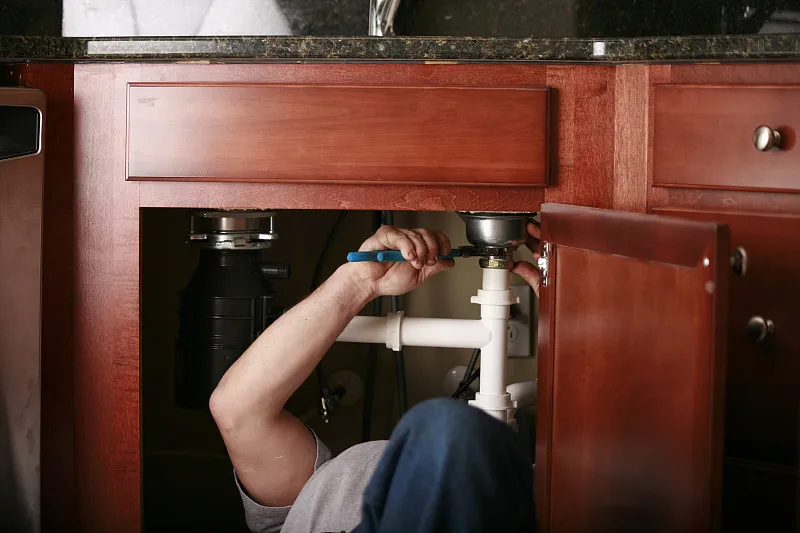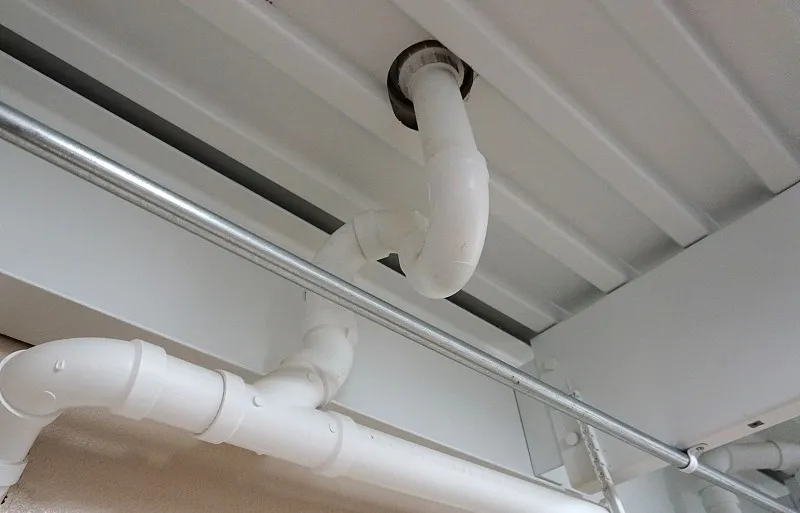Introduction
The global plastic pipes fitting market is set to expand significantly in 2024, driven by rising demand for cost-effective, durable, and environmentally friendly piping solutions. Used across diverse sectors such as construction, agriculture, water management, and industrial processing, plastic pipe fittings are essential in today’s infrastructure. As these industries grow and evolve, the need for quality plastic pipe fitting is expected to increase, creating numerous opportunities worldwide. This article explores these market trends, the factors driving growth, and what opportunities await companies and stakeholders in the global plastic pipe fitting market in 2024.
Market Overview
The plastic pipes fitting market has witnessed remarkable growth over the past decade due to increased infrastructure development and the growing popularity of sustainable materials. Plastic pipe fitting, known for their durability, flexibility, and resistance to corrosion, have become preferred alternatives to traditional materials like metal. According to industry reports, the market is expected to continue expanding at a compound annual growth rate (CAGR) of 5-7% through 2024.
Key Drivers of Growth in 2024
1. Increasing Infrastructure Development
Infrastructure projects worldwide, particularly in emerging markets, are driving demand for plastic pipes fitting. These fittings are essential in projects involving water supply systems, sewage treatment, and drainage networks, as they offer cost-effective solutions with easy installation.
2. Advancements in Manufacturing Technology
Innovation in manufacturing techniques has resulted in higher-quality plastic pipe fitting that are stronger, lighter, and more resistant to environmental wear. These advancements help manufacturers produce fittings more efficiently, lowering production costs and opening opportunities for market expansion.
3. Rising Awareness of Sustainable Solutions
With a growing focus on sustainability, plastic pipes fitting made from recyclable materials have gained traction. Environmentally conscious consumers and companies alike prefer these options for projects where materials can be reused or repurposed, aligning with global sustainability goals.
4. Demand from Agricultural Sector
Agriculture requires efficient irrigation systems, and plastic pipe fitting play a crucial role in ensuring the smooth distribution of water. The global increase in agricultural activity and the need for water-efficient solutions are likely to create significant market opportunities.
5. Rapid Urbanization and Industrialization
As urban centers expand and industrial zones grow, there is a corresponding need for advanced piping systems. Plastic pipe fittings are ideal for industrial uses due to their resistance to chemicals, ease of installation, and reduced maintenance costs.
Regional Insights: Where is Growth Happening?
1. North America
North America remains a major player in the plastic pipe fittings market due to ongoing infrastructure updates and construction projects. The U.S. government’s investment in sustainable infrastructure and renewable energy projects is expected to drive market growth.
2. Asia-Pacific
The Asia-Pacific region, led by China and India, presents vast opportunities due to rapid industrialization and urbanization. Large-scale government projects focused on water management, housing, and transportation are likely to drive demand for plastic pipe fittings throughout the region.
3. Europe
In Europe, the emphasis on environmentally friendly and sustainable building practices has increased the adoption of plastic pipe fittings made from recycled materials. Government regulations in the EU promoting green infrastructure will likely continue to support growth in the region.
4. Middle East and Africa
The Middle East and Africa are emerging markets with expanding construction and agricultural industries. These regions have shown substantial growth potential due to water conservation efforts and the need for efficient irrigation systems.
Types of Plastic Pipe Fittings in Demand
1. Elbows and Bends
Elbows and bends change the direction of pipes and play an essential role in creating complex pipe networks. These fittings see wide usage in water supply, irrigation, and industrial applications.
2. Couplings and Connectors
Couplings and connectors enable the seamless joining of two pipes, offering leak-proof solutions. They are particularly popular in water distribution and sewage systems.
3. Reducers
Reducers help connect pipes of different diameters, facilitating smooth water or chemical flow in applications like irrigation and industrial processing.
4. Tees and Cross Fittings
Used for splitting and merging pipes, tees and cross fittings are crucial in branching systems for water supply, chemical distribution, and other applications.
5. Caps and Plugs
Caps and plugs are used to seal pipe ends, preventing leaks and ensuring system integrity. They are widely used in residential plumbing, industrial applications, and agricultural irrigation.
Challenges Facing the Plastic Pipe Fittings Market
1. Fluctuating Raw Material Costs
Plastic pipe fittings rely on petroleum-based products, which are subject to price fluctuations. This can impact production costs and, consequently, market prices.
2. Environmental Concerns
Despite the benefits of plastic fittings, the environmental impact of plastic waste remains a challenge. The market must address these concerns by adopting eco-friendly practices and recyclable materials.
3. Competition from Alternative Materials
While plastic fittings are popular, alternative materials such as copper, stainless steel, and composite materials are also prevalent in certain industries. Companies must innovate to keep plastic pipe fittings competitive.
Key Market Players and Strategies
Prominent companies in the global plastic pipe fittings market include Aliaxis, Wavin, JM Eagle, and Astral Poly Technik. These players invest in research and development to improve product quality, diversify their product lines, and explore eco-friendly alternatives. Market leaders often leverage strategic partnerships and acquisitions to expand their market presence and increase production capacities.

Innovations and Future Trends
1. Bio-Based and Recyclable Plastic Fittings
Bio-based and recyclable plastic materials are gaining attention in the industry. These innovations aim to reduce the environmental impact of plastic fittings while maintaining quality.
2. Smart and IoT-Enabled Fittings
Smart fittings that can monitor pressure, temperature, and flow are being developed to support automation in piping systems, especially for industrial and agricultural uses.
3. Customized Solutions
With growing demand for specific applications, manufacturers are offering customized solutions that cater to individual project needs. This trend will likely continue as clients seek fittings tailored to their unique requirements.
Opportunities for New Entrants in 2024
For new entrants, the market offers multiple growth avenues. By focusing on sustainable materials, innovative designs, and digital technologies, new companies can carve out a competitive advantage. Developing region-specific products for markets like Asia-Pacific and Africa, where infrastructure needs are growing, can provide additional growth prospects.
Conclusion
The global plastic pipe fittings market in 2024 presents substantial growth potential driven by infrastructure development, urbanization, and a shift towards sustainable practices. Companies that adapt to market demands by focusing on quality, innovation, and environmental impact will likely succeed in this evolving market. As the world continues to prioritize infrastructure that meets modern needs, the plastic pipe fittings industry is set to play an essential role.
Frequently Asked Questions (FAQs)
Q1: Why are plastic pipe fittings becoming popular?
Plastic pipe fittings are durable, cost-effective, and resistant to corrosion, making them suitable for various applications, including water supply, agriculture, and industrial uses.
Q2: Which industries primarily use plastic pipe fittings?
Plastic pipe fittings are widely used in construction, water management, agriculture, and industrial applications due to their versatility and durability.
Q3: Are plastic pipe fittings environmentally friendly?
Many plastic pipe fittings are made from recyclable materials, and ongoing innovations aim to reduce their environmental impact further, making them a sustainable option.
Q4: What types of plastic pipe fitting are in demand?
Popular types include elbows, couplings, reducers, tees, and caps. These fittings serve diverse purposes, from changing pipe direction to joining pipes of different diameters.
Q5: Which regions offer the most growth opportunities for plastic pipe fittings in 2024?
Asia-Pacific, North America, and Europe present significant growth opportunities due to infrastructure development, industrialization, and a focus on sustainable practices.




